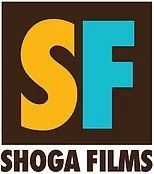Chanukah vs. Christmas – The Underdog Loses
Jewish holidays fall broadly into two categories – those confirming the greatness of Jehovah (Yom Kippur) and those celebrating the unlikely survival of the Jewish people against lopsided odds (Passover). The major Jewish holidays are Rosh Hashanah and Yom Kippur in October (roughly) and Passover in April (roughly).
The Jewish holiday best known to Americans, however, is the minor holiday Chanukah, which is celebrated in December (roughly). Chanukah’s temporal proximity to Christmas made it the only festive contender to put up against the Christian juggernaut. The outcome of this contest was a foregone conclusion and this for several reasons.
Christmas is a major holiday; Chanukah a minor one. The stories behind the two holidays are of a different order of importance altogether. Chanukah celebrates the miracle of a one-day oil supply of the newly rededicated Temple of Jerusalem’s menorah feeding the sacred flame for eight days. As miracles go, it’s cool enough but not as dramatic as parting the Red Sea or walking on water. Furthermore, Christmas celebrates THE BIRTH OF THE MESSIAH WHO HAS COME TO SAVE ALL MANKIND! -- a religious rock star. We Jews are still waiting for our Messiah. Once again, a distinct lack of drama.
Furthermore, America’s version of Chanukah got hyped in direct response to the invention of Christmas at the end of the 19th century. Two Cincinnati rabbis, hugely influential promoters of Reform Judaism, saw that we needed something to offer the kids to keep them in the fold. The main draw was all the Christmas loot. We couldn’t justify the lavish expenditures of an increasingly prosperous and urbanized middle class (and as Jews, we weren’t that rich yet), but we spaced our gift-giving out over the eight days of Chanukah. Compare one gift a day to the riot of wrapped presents to be torn though on Christmas morning.
Lighting the menorah candles possesses a pleasing ritual gravitas, but what is that to a kid compared to trimming a fir tree with bulbs and tinsel? Every newly unwrapped toy testifies to the bounty of Christmas. What do we have at Chanukah? – sad little dreidel games accompanied by the sad little dreidel song. “Dreidel dreidel dreidel, I made it out of clay./And when it’s dry and ready, dreidel I will play.” That doesn’t stand up against any Christmas carol.
Quite unfairly, all the Currier and Ives winter imagery gets associated with Christmas, not Chanukah. (Imagine those Central Park skaters in black caftans and fur hats, women on one side; men on the other.) “Jingle Bells” is not a Christmas song, and yet it gets thrown in with paeons to the Baby Jesus. And just when Chanukah is down for the count, America’s Teutonic heritage provides the coup de grace – Santa Claus, the flying reindeer, the huge sack of presents.
And yet . . . Jewish difference, the refusal to submit to cultural or physical extinction manifests itself once again. We put our indelible stamp on the culture. Practically all of the great Christmas songs were written by Jews: “White Christmas” (Israel Beilin), “Have Yourself A Merry Little Christmas” (Hugh Martin), “I’ll Be Home For Christmas” (Walter Kaufman), and the poison pill that may ultimately kill Christmas in a better future, “Rudolph, the Red-Nosed Reindeer” (John David Marks).
Recent Posts
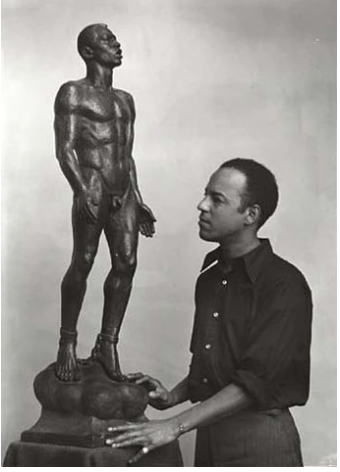
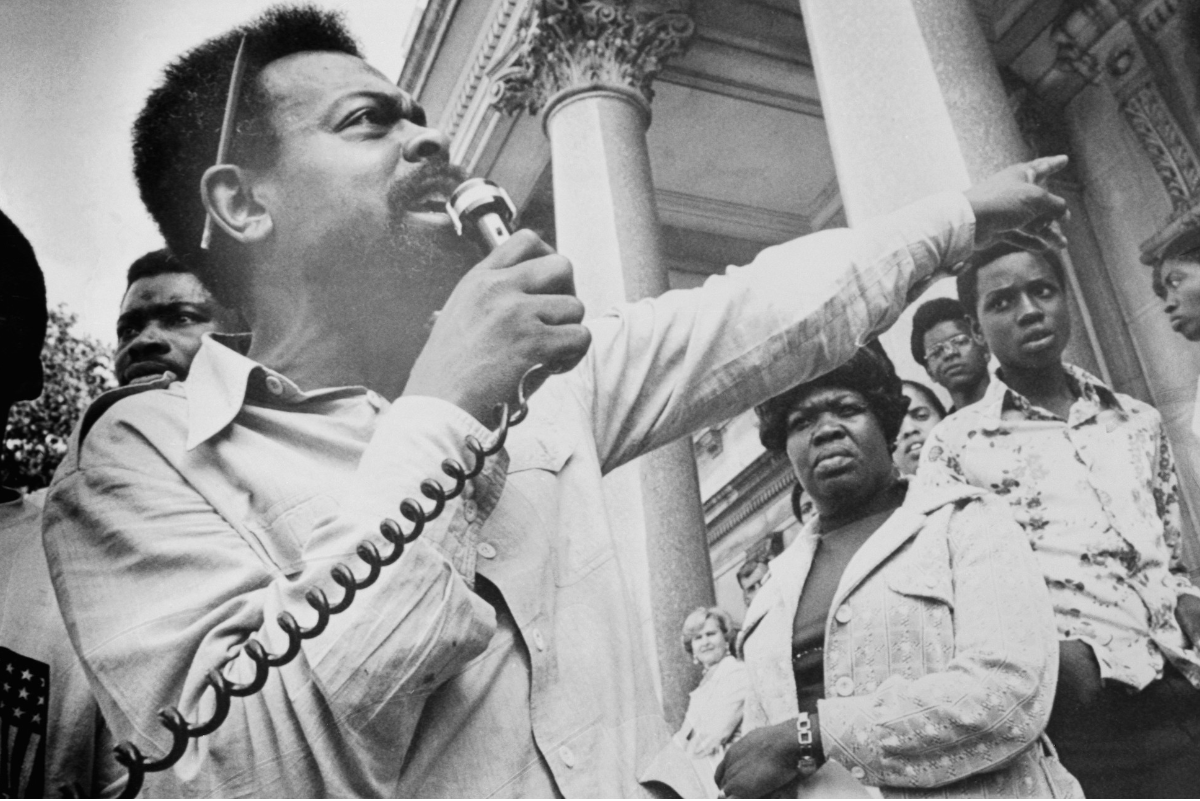
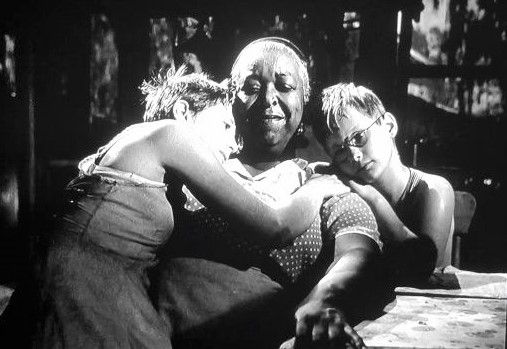
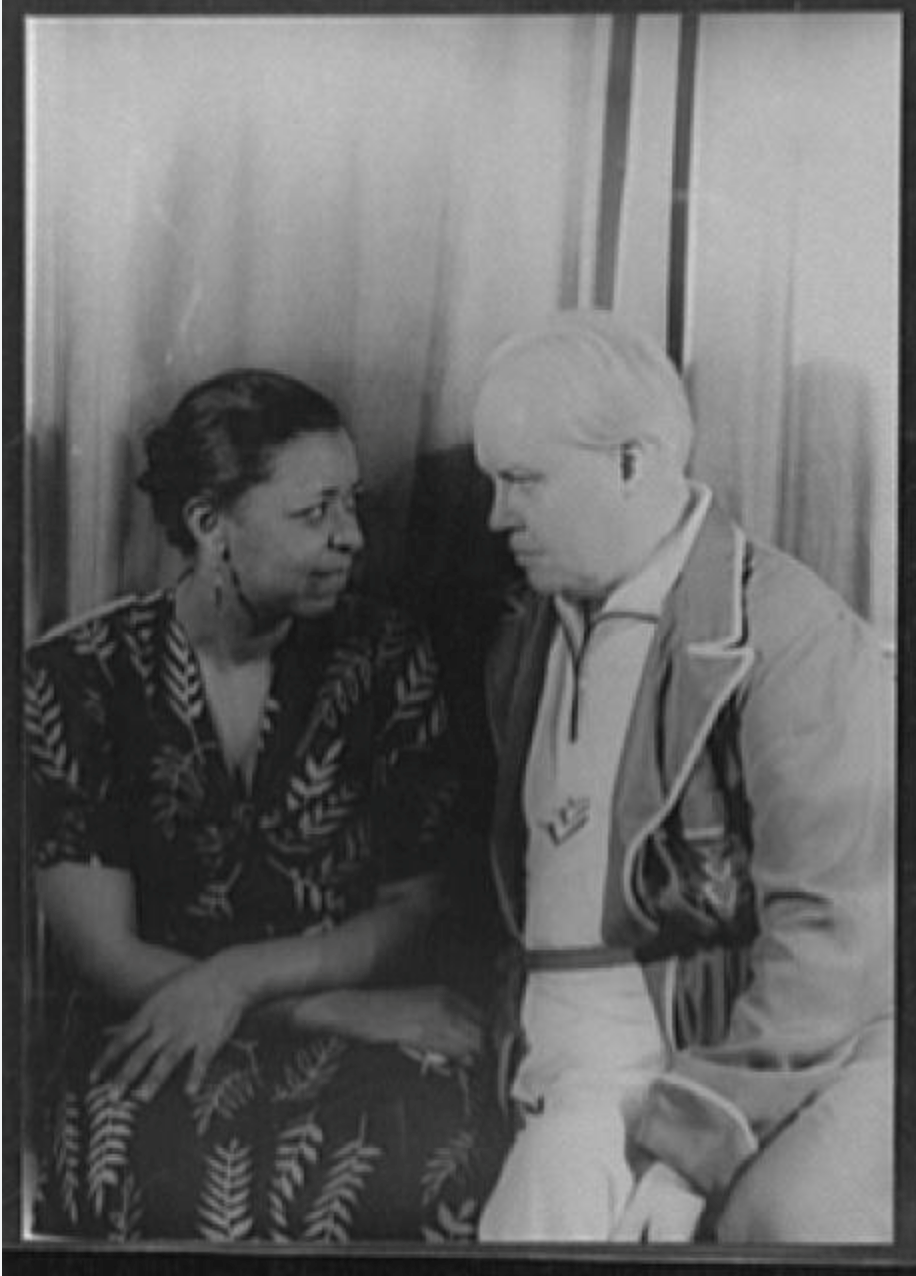
SHOGA FILMS is a 501(c) (3) non-profit production and education company. We create multimedia works around race and sexuality that are intended to raise awareness and foster critical discussion.
Contact Us
All Rights Reserved | Shoga Films
Stay Connected
Thanks for subscribing!
Please try again later.

